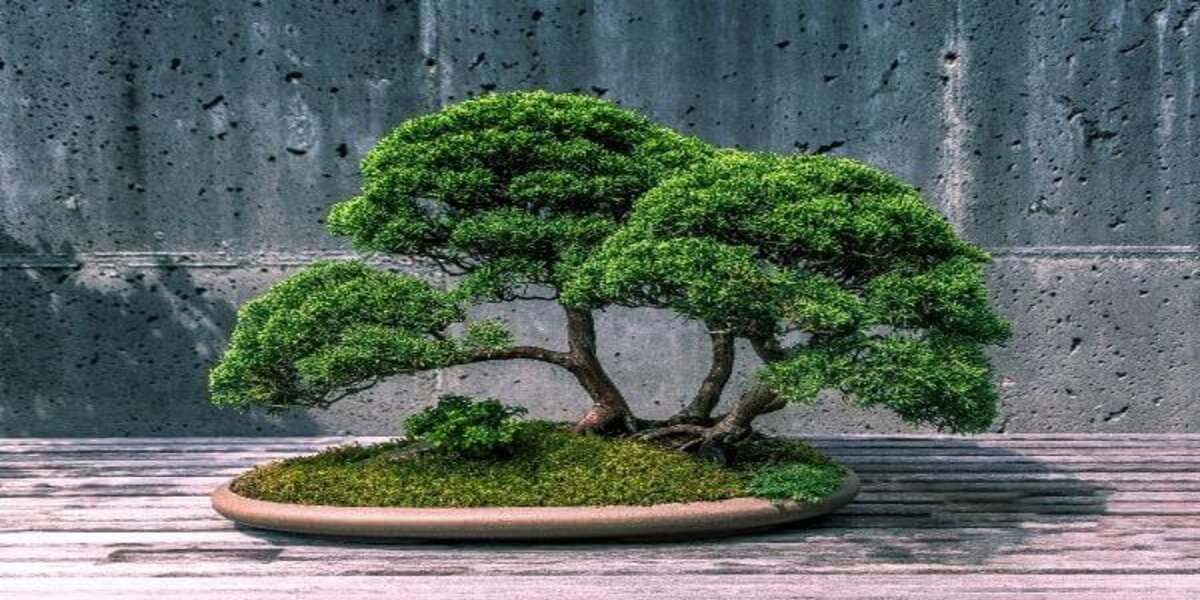Table of Contents
Bonsai trees are usually associated with Japan, but did you know that the art of growing miniature trees actually originated in ancient China?
Bonsai: know the history and meaning of these miniature trees
Around 700 AD, the Chinese began using special techniques to grow tiny trees in pots.
The practice was known as “pun-sai” (or “penzai”) and originally only the upper classes participated. It was not until the Kamakura period (1185 to 1333) that miniature trees arrived in Japan. Today, nature lovers around the world cultivate and care for their bonsai trees as living works of art.
What does bonsai mean?
Bonsai is a Japanese word meaning “potted tree”. However, the term originally comes from the Chinese word “pun-sai” or “penjing”. In Chinese, “pen” means pot and “jing” means landscape.
Bonsai trees are meant to be a miniature representation of nature, planted inside decorative pots or containers.
What does the bonsai tree symbolize?
When bonsai trees were first introduced in China more than 1,300 years ago, they were considered a status symbol among society’s elite. Today, however, people all over the world enjoy caring for these plants.
Depending on a person’s culture or beliefs, bonsai trees are seen as symbols of harmony, balance, patience or even luck. Many people simply use these small potted trees as living ornaments for interior design, while others, Zen Buddhists, for example, believe that bonsai is an object of meditation or contemplation.
History of bonsai in China
In ancient China, it was probably the early explorers who discovered the miniature trees growing high in the mountains. This climate created harsh conditions where it was difficult for plants and trees to grow, so the small trees that thrived there had a somewhat twisted appearance.
In an attempt to recreate the natural trees they found in the mountains, the Chinese developed pruning techniques that gave the plants twisted shapes and an aged appearance.
Some historians believe that the Taoists molded the branches and trunks of miniature trees to resemble the animals of Chinese folklore, such as dragons and snakes. Others believe that the deformed plant formations resemble yoga positions.
The first pictorial evidence of the miniature trees with an artistic design appeared in 706 AD in the tomb of Prince Zhang Huai. Upon entering, archaeologists discovered murals depicting maidservants carrying penjing, which contained miniature trees and rocks.





